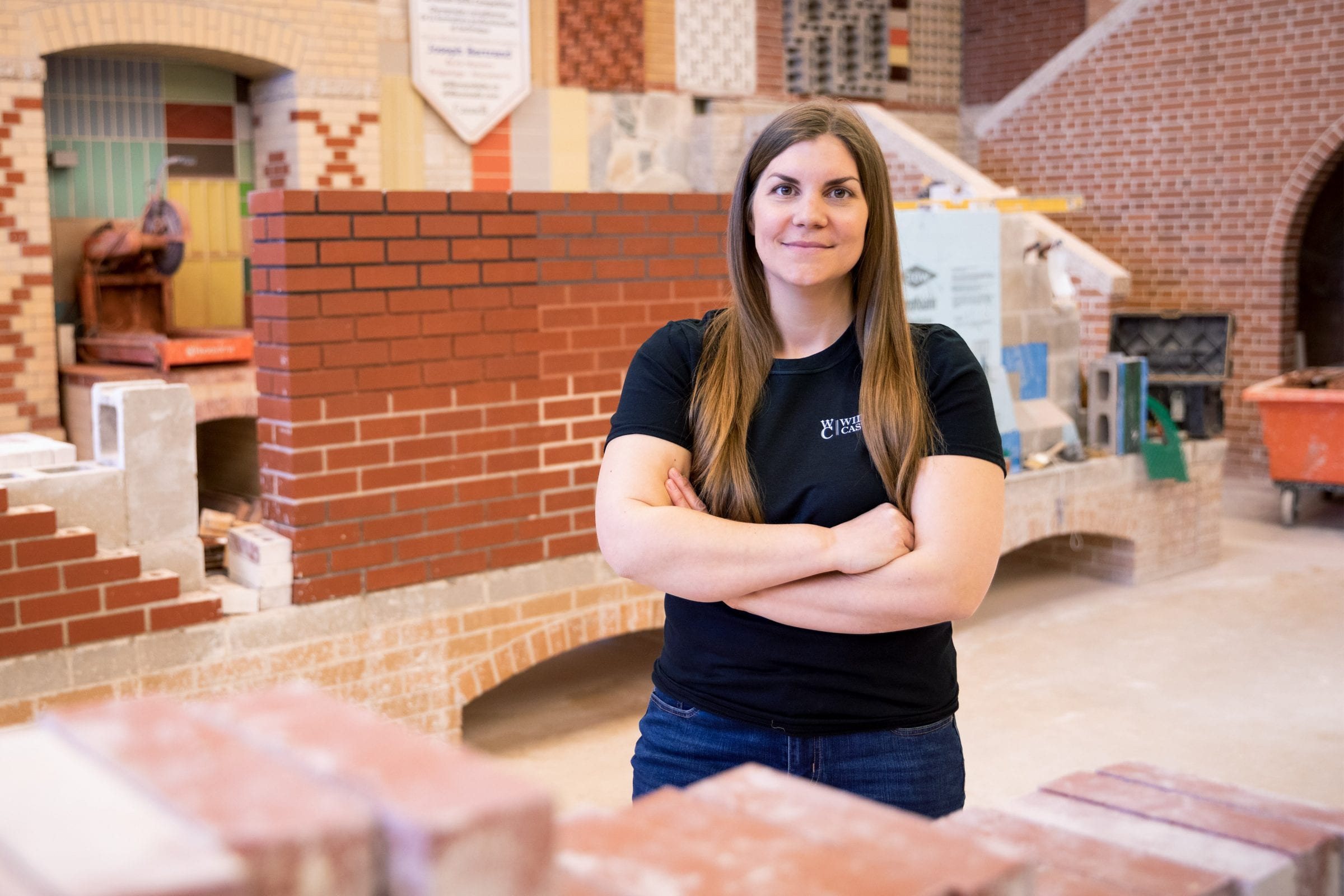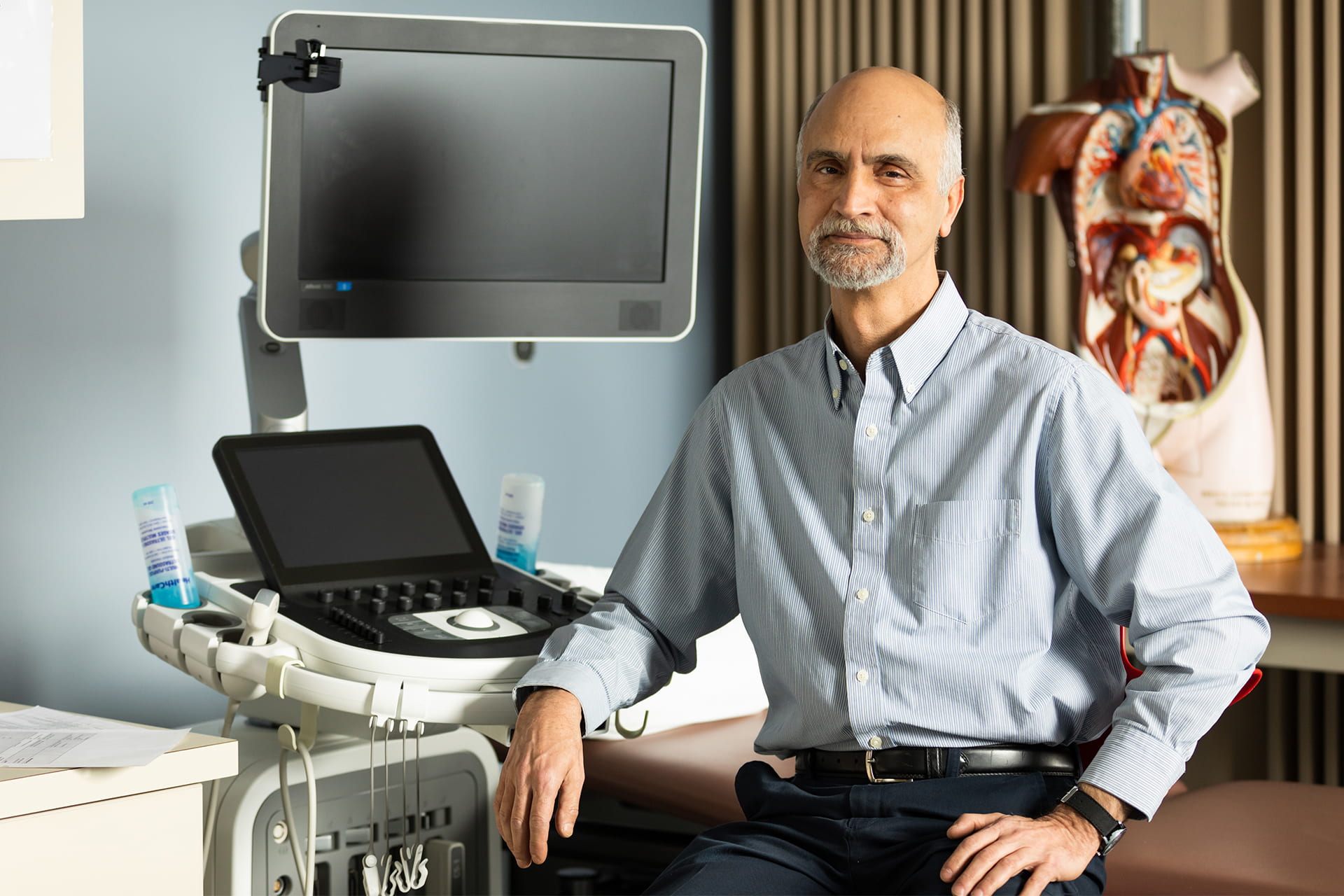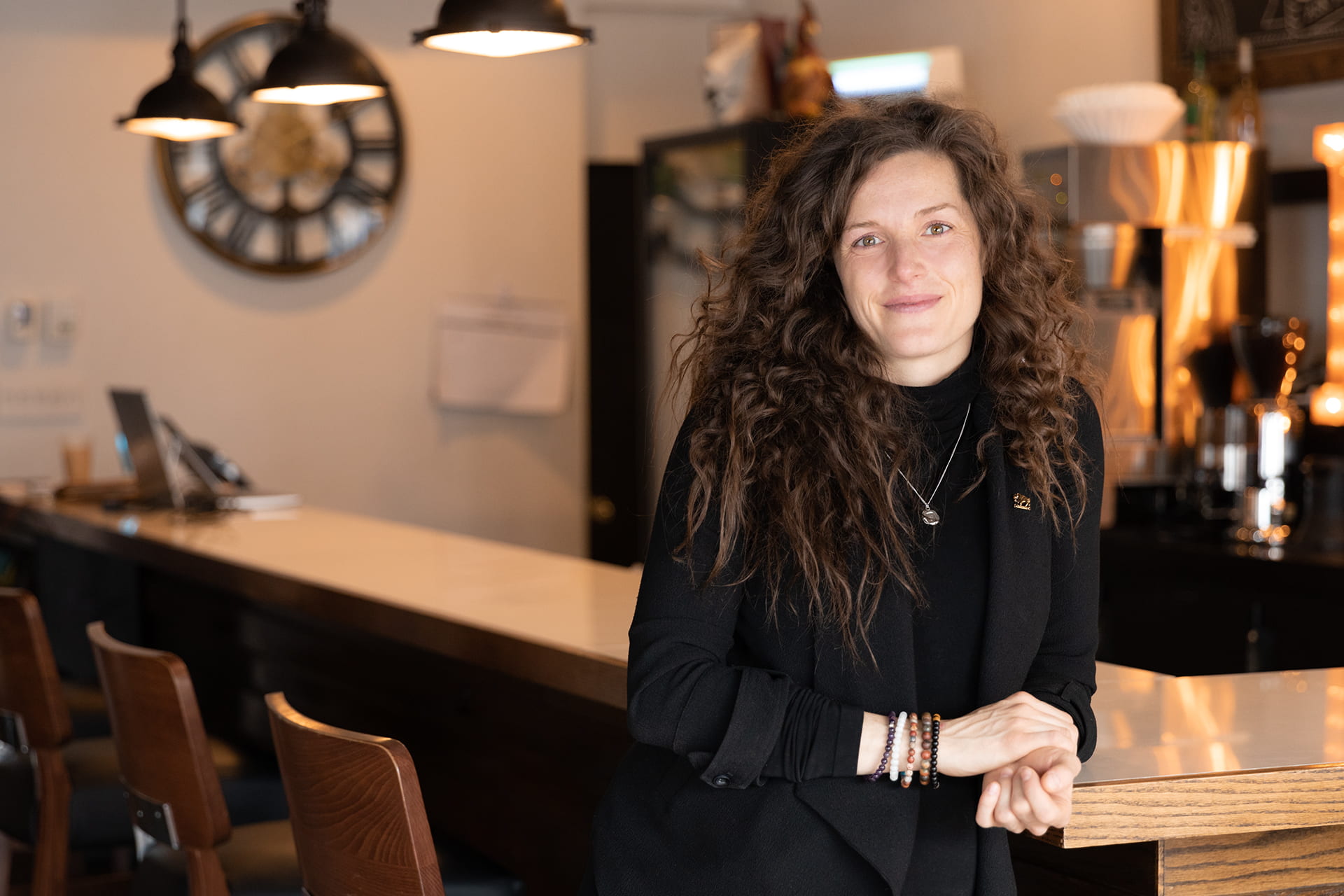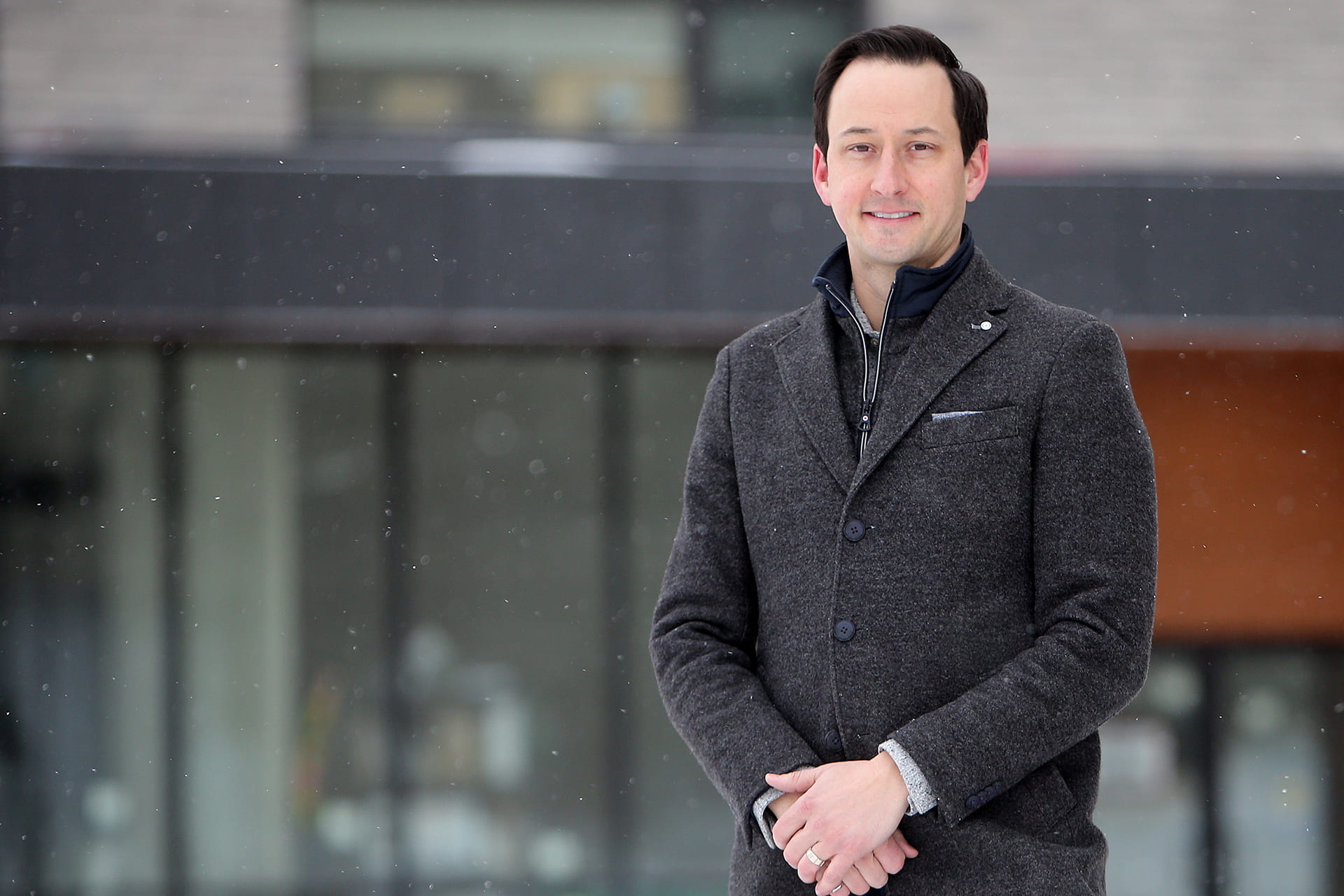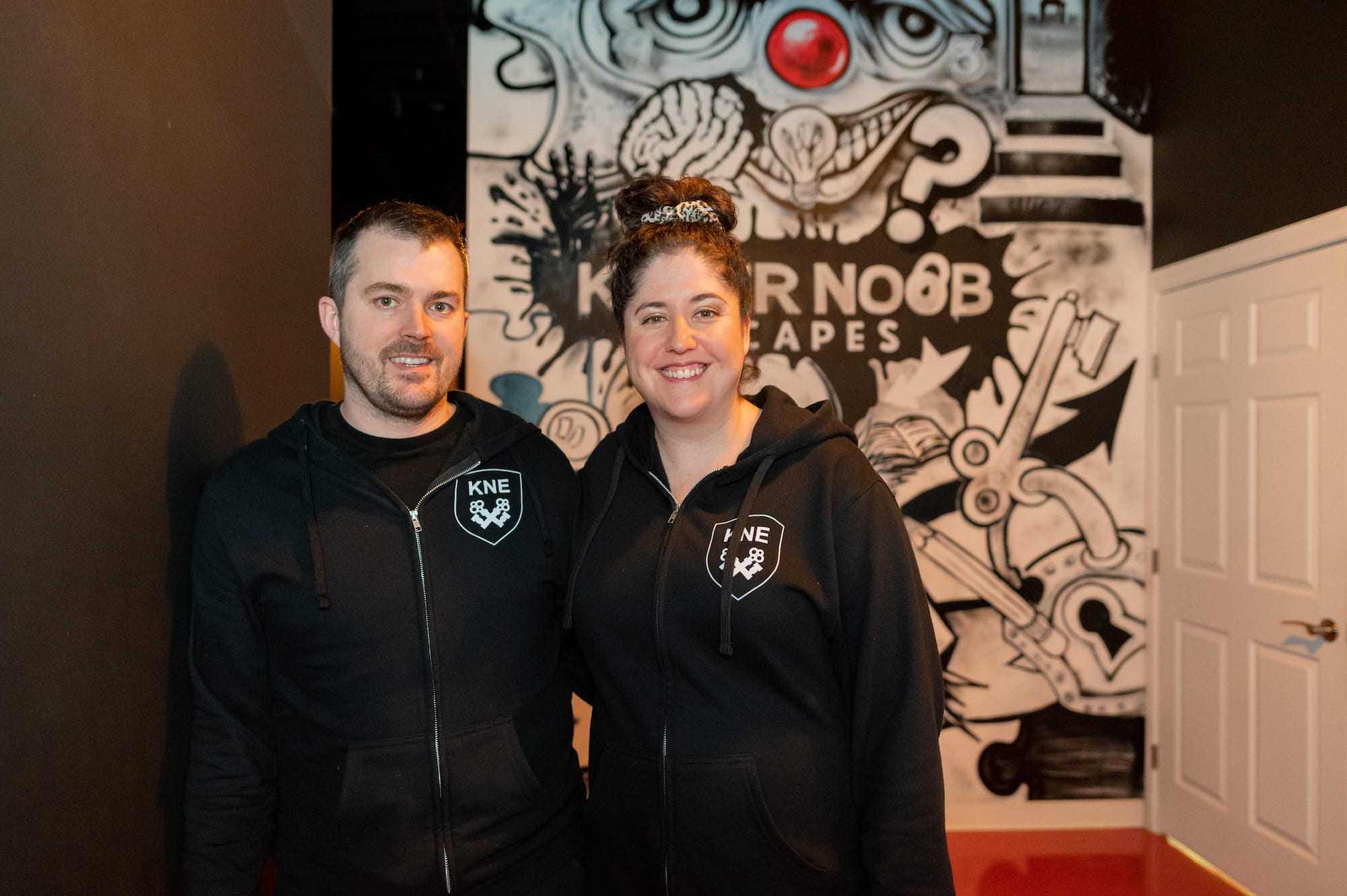From college halls to city walls: graphic design grad creating art and connecting communities one mural at a time
If you’ve spent any time walking, biking, or driving around Winnipeg, chances are you’ve seen Jordan Stranger’s work.
Large-scale murals in his colourful, pop art style grace the walls of The Forks Market, FortWhyte Alive, and Winnipeg’s North End. He has designed logos for Festival Du Voyageur, held exhibitions at aceart inc and Graffiti Art Gallery, painted the Niakwa Trail Bridge, and hosted half a dozen workshops throughout the city.
As an artist, Stranger has played a large role in creating accessible public art and showcasing culture in Winnipeg. And to him, it’s purely a community act.
“Public art is extremely important. To have that colour, culture, and vibrancy when you walk down your street, it makes your day. Once I’m done a mural piece, it’s not mine anymore. It’s for the people, for whoever needs to see it. It’s expression. We need to be able to share our deepest feelings and truest emotions through art, words, audio, music, and voice. That’s why art is so valuable, because it allows us to connect as people.”
Art has always been a part of Stranger’s life. His father, Wayne Stranger, is an accomplished bronze sculptor and studied fine art at the University of Manitoba. He remembers his grandparents, uncles, and aunts all with creative endeavours of their own.
“I was exposed to art a lot,” said Stranger. “I was always drawing and sketching my favourite Dragon Ball Z characters, Pokémon, and cars from photo books. I was also always building things—I love using my hands to make stuff. That comes from my dad.”
In high school, Stranger took an interest in apparel design and screen-printing courses, but it wasn’t until he attended Red River College’s graphic design program in 2010 that he was first exposed to the industry.
The program’s learning curve was steep, said Stranger, especially when it came to technology. He had never used a MacBook before attending the program (in fact, on the first day, he wasn’t entirely sure how to turn it on). Alongside the training in technology, techniques and philosophy of graphic design, Stranger found the program’s supplementary lessons on marketing, public speaking, and exposure to the interview process incredibly useful.
Read More →

